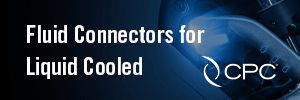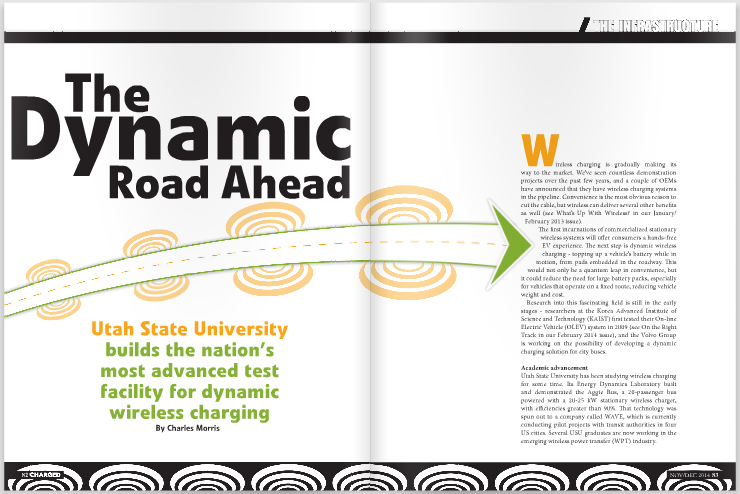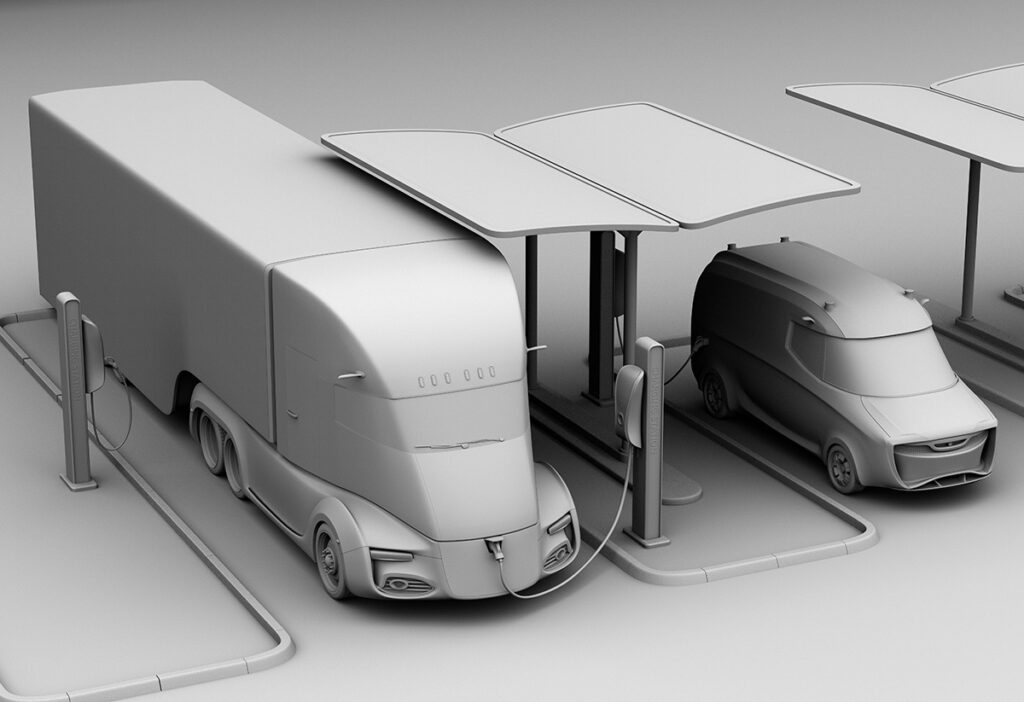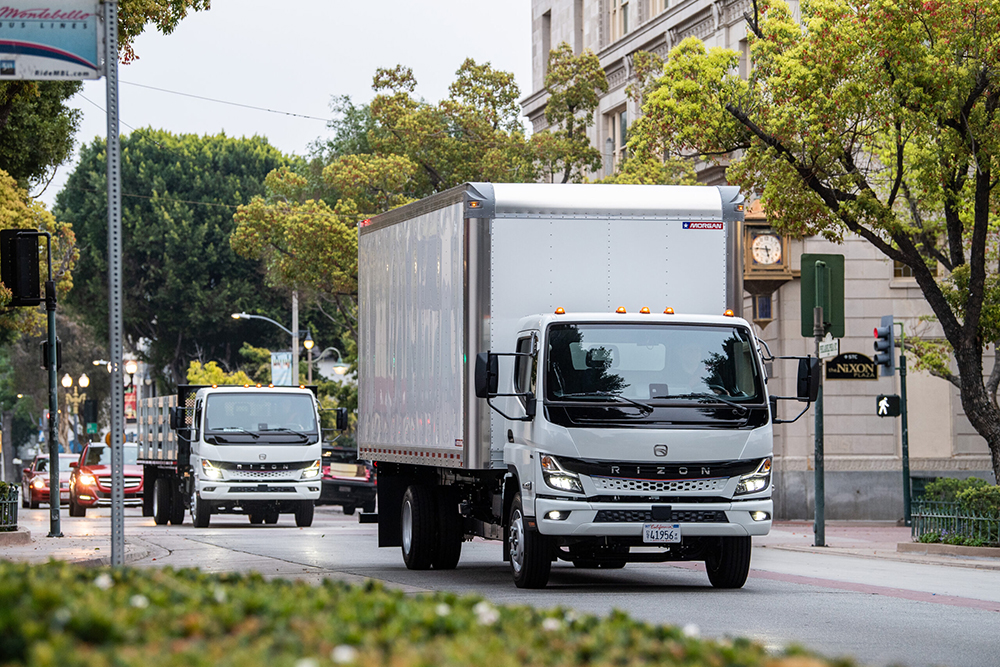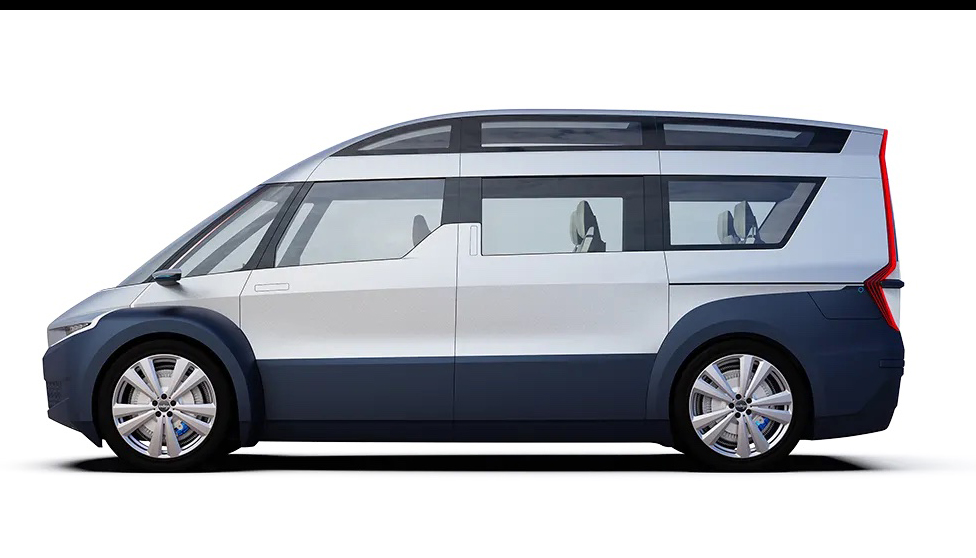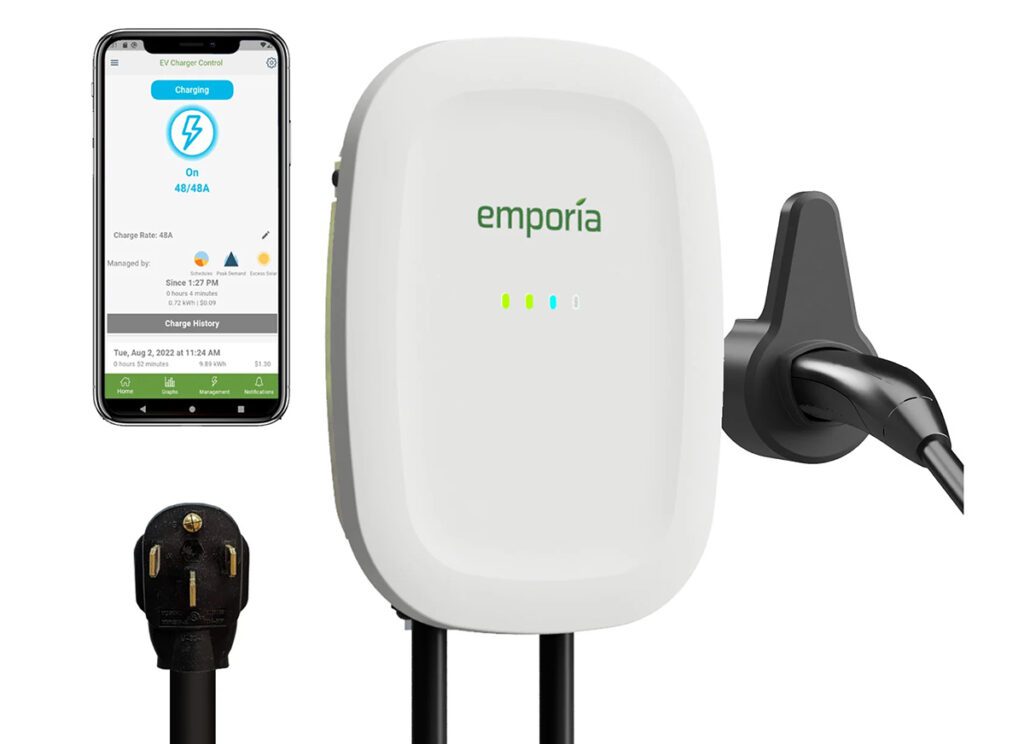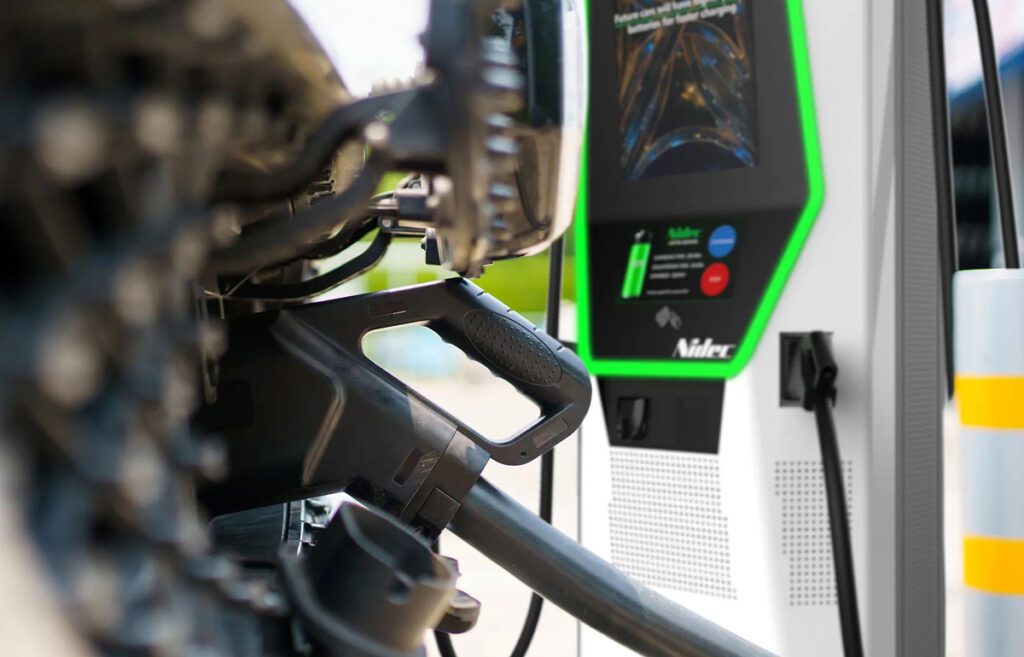Wireless charging is gradually making its way to the market. We’ve seen countless demonstration projects over the past few years, and a couple of OEMs have announced that they have wireless charging systems in the pipeline. Convenience is the most obvious reason to cut the cable, but wireless can deliver several other benefits as well (see What’s Up With Wireless? in our January/February 2013 issue).
The first incarnations of commercialized stationary wireless systems will offer consumers a hands-free EV experience. The next step is dynamic wireless charging – topping up a vehicle’s battery while in motion, from pads embedded in the roadway. This would not only be a quantum leap in convenience, but it could reduce the need for large battery packs, especially for vehicles that operate on a fixed route, reducing vehicle weight and cost.
Research into this fascinating field is still in the early stages – researchers at the Korea Advanced Institute of Science and Technology (KAIST) first tested their On-line Electric Vehicle (OLEV) system in 2009 (see On the Right Track in our February 2014 issue), and the Volvo Group is working on the possibility of developing a dynamic charging solution for city buses.
Academic advancement
Utah State University has been studying wireless charging for some time. Its Energy Dynamics Laboratory built and demonstrated the Aggie Bus, a 20-passenger bus powered with a 20-25 kW stationary wireless charger, with efficiencies greater than 90%. That technology was spun out to a company called WAVE, which is currently conducting pilot projects with transit authorities in four US cities. Several USU graduates are now working in the emerging wireless power transfer (WPT) industry.
USU recently began construction of the Electric Vehicle and Roadway (EVR) research facility. The EVR complex, the first of its kind in the US, will include a 4,800-square-foot research building and an electrified quarter-mile oval test track.
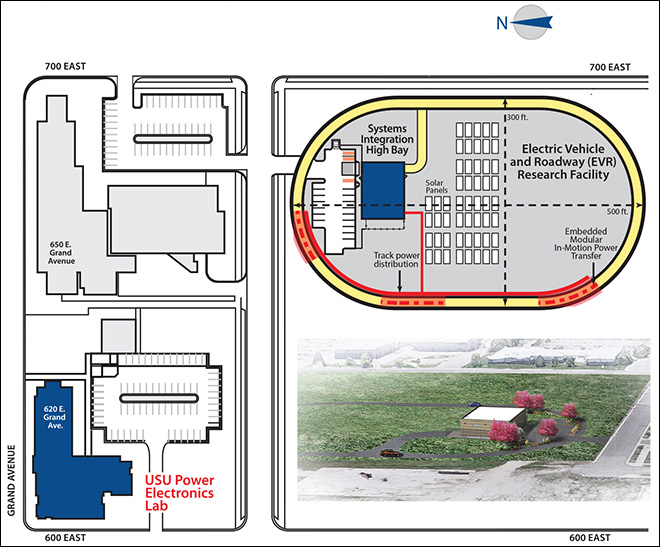

The EVR facility will enable research into a range of cutting-edge topics, including integration of renewable energy sources with electrified roadways and the grid, electric drivetrain design, energy storage systems, roadway materials and construction, and vehicle automation and security.
Charged spoke with Dr. Regan Zane, a USU professor of electrical and computer engineering and the overseer of the EVR project. Dr. Zane’s background is in power electronics, including power converters and battery management. He came to USU in 2012 to build a program in power and energy efficiency with a special focus on transportation applications.
“As I came on board, we started building an education program with undergraduate and graduate courses, and built up a lab here in the college,” Dr. Zane told us. “Over the last two years, we’ve built a new 2,500-square-foot lab, where we’re doing work in energy management, EVs and power electronics. A year ago, we hired Dr. Zeljko Pantic – his core expertise is in wireless power transfer.”
“Our goal is to build a program with a primary focus on transportation,” says Zane. “We’ve been successful in building the power program, getting new research grants and industry contracts in place. We’ve secured just over four million in research funding over the past two years, in individual major component areas. We have a program on EV battery management systems, to extend the life of batteries, and we have some military programs tied to very high power-density converters for electric ships, but what we’re interested in now is going beyond the major power components, and getting into multidisciplinary systems integration and vehicle- and roadway-level demonstrations. That’s what this new facility is all about.”
“The EVR facility is going to be a collaboration across our college, together with industrial and other academic partners. We’re going to be taking not only the power electronics that I traditionally work in, and the wireless power transfer that Dr. Pantic is doing, but now we will build these into vehicles, and we will look at different techniques for embedding these in materials, construction techniques in the roadway and demonstrating full-scale systems.
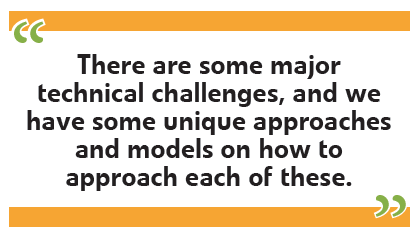

“Key issues are the cost of the system, efficiency, reliability and safety. There are some major technical challenges, and we have some unique approaches and models on how to approach each of these.”
Stationary wireless charging is far from a mature technology, but it has been shown to be practical. “WAVE has a commercial system running in Salt Lake City at the University of Utah campus, and they have contracts in California. There are other companies that are implementing these, so it’s proven that you can do this at reasonable efficiency, and the cost-effectiveness is getting better.”


Making the leap to a dynamic system however, complicates things in several ways. “Now the vehicle is not going to be parked, where we can easily verify its position, but instead we have vehicles traveling perhaps at high speeds, and we have tens or hundreds of milliseconds available to activate and transfer the energy from the road to the vehicle. Some special challenges come up with regard to efficiency. The challenge is we can’t have the wireless coils continuously energized, or we have dissipation of power without power transfer, and that would directly reduce our efficiency.”
“There’s a program at KAIST in South Korea that has the largest-scale demonstration of dynamic charging in the world today. Their system is built in elongated segments in the road – those segments are energized the entire time as vehicles approach and pass over, and that’s hurt their efficiency, but they’ve been able to actually demonstrate operation. So, one of our challenges for efficiency will be, how do we transfer the energy only when the vehicle is over the pad, and we have some ideas on how to do that.
“Similarly, for safety reasons we don’t want to have large magnetic fields when there’s no vehicle over the pad – these roads have to be safe for anyone to walk over, for materials to be left, pop cans to be sitting there without anything overheating, so for safety it’s almost the same challenge – we would like to show how we can energize only when appropriate.
“An additional challenge is how we can optimize the coil designs. We know that if you put a certain amount of ferrite to control the magnetic fields, and if we put some shielding in the bottom of the vehicle, which the vehicle largely has already, it can be safe and we can control the field and transfer the energy, but that can be expensive if you’re overdesigning the coil and overdesigning this ferrite.
“So, one of our key technical areas is going to be detailed physical-level modeling and optimization techniques to minimize how much material is required – ferrous material, coil windings and shielding – to meet all the requirements but minimize the weight and cost of that material.”
Auto-alignment
USU has a program with two new faculty members working on vehicle autonomy, and Dr. Zane sees this field intersecting with his dynamic wireless work. “One thing that will have a direct impact on efficiency and cost is the ability to have tight alignment between the vehicle and the pads in the roadway as they pass over. We can make it so we have wider tolerances, so you can get power transfer over a wide range, but that’s going to require more material, cost more and reduce efficiency. If instead we assume that we have very tight tolerances, we can really optimize the system, and drop the cost, and we see autonomy as being an integral part of that. We see a couple of options – it might be autonomy assisting the driver, so as the driver comes over the pad, there may be a panel that shows them [the positioning] or the vehicle may take some control to optimize alignment.”


Efficiently competitive
When discussing efficiency figures, it’s important to consider whether the power provided to the roadway is AC or DC. Converting AC power from the grid to the DC required by batteries takes a bite out of efficiency. “We envision in the long run electric roadways having DC distribution,” says Zane, “so we rate efficiency from DC directly to the battery or directly to the drive.”
The goal is to achieve an efficiency level that competes with current stationary charging systems. “We believe in the short term we could have efficiency in the high 80% range. Within 10 years, we could be demonstrating systems with efficiency in the 90% range. Achieving 95% would be an exceptionally high upper target.”
The facility will have a capacity of 750 kW, which should be sufficient to charge several vehicles at once. “We’ll be experimenting with various battery pack sizes and charging power levels,” says Zane. “Our primary goal is to have the ability to test multiple vehicles in multiple zones. This is one challenge that we want to demonstrate that we’ve been able to overcome – we’re not just controlling a single vehicle. As vehicles go from pad to pad and zone to zone, most likely we’ll have a zone covering a length of roadway, and it’ll have a few drivers, then there’ll be another zone. There will be some interesting questions about the impact on the grid, if there is going to have to be some energy storage integrated in these power panels in the roadway so it averages things out.”
Hitting the road
It’s still early days for dynamic charging, but there are a few groups around the world that are at or near the demonstration stage. “There’s a company that spun out from the OLEV project in Korea, and they have a division in the US. I understand that they have some contracts and are going to do some demonstrations,” said Zane. “The Oak Ridge National Laboratory did a small demonstration in the lab of dynamic charging at low speeds, with a small GEM electric truck, and a demonstration of stationary chargers on their campus, charging a Prius with wireless power.”
There’s plenty of work ahead for Zane and his team. “Over the coming five years, the goal is to work from smaller vehicles to larger demonstrations, looking at optimization of these techniques, implementing them in realistic demonstrations to answer some of the questions. We also want to build awareness of the challenges, from component level to system integration to community rollout.”
As the technology develops, building partnerships to commercialize it will be a priority. “I think there are opportunities for small companies at the component level, and for service companies that are into the interface between autonomy and charging, billing, safety, public acceptance, some of these things,” said Zane. “It would also be interesting to [work with] companies in the wired charger market, and see from their perspective how this would change billing and customer base infrastructure.”
Zane is also coordinating with USU’s civil engineering program, to investigate how dynamic charging would fit in with the construction and maintenance of roadways.
Zane’s group already works with several automotive OEMs on other programs. “Ford is a key partner with the battery management work we’re doing, and we’ve worked with Toyota and GM, and they’re both interested in what we’re doing with wireless power. We plan to launch an industry-funded center over the next year, and we anticipate having some of these companies on board.”
However, given the automakers’ typical timeframes, Zane doesn’t see them rolling out dynamic charging very soon. “It could be 15-20 years out before it works into their production schedules.” In the near term, the potential markets are more likely to be closed systems and fleet opportunities at such facilities as airports and national parks.


Dynamic charging has the potential to be much more than just a convenience for drivers – if a dynamically charged vehicle could get by with a smaller battery, that could alter the whole cost equation for EVs. “The big challenge that we see with EVs is the weight, cost and range anxiety with battery systems, none of which meet the 300-mile range of ICEs. So this is a good opportunity to consider significant reduction of overall cost and weight. Our vision is EVs that cost less to purchase, and less in cost of ownership per mile. We think this could make a big impact on the overall market penetration of EVs, but there are a lot of challenges. A lot of things need to align to consider a change in infrastructure and technology like this.”
This article originally appeared in Charged Issue 16 –November/December 2014


